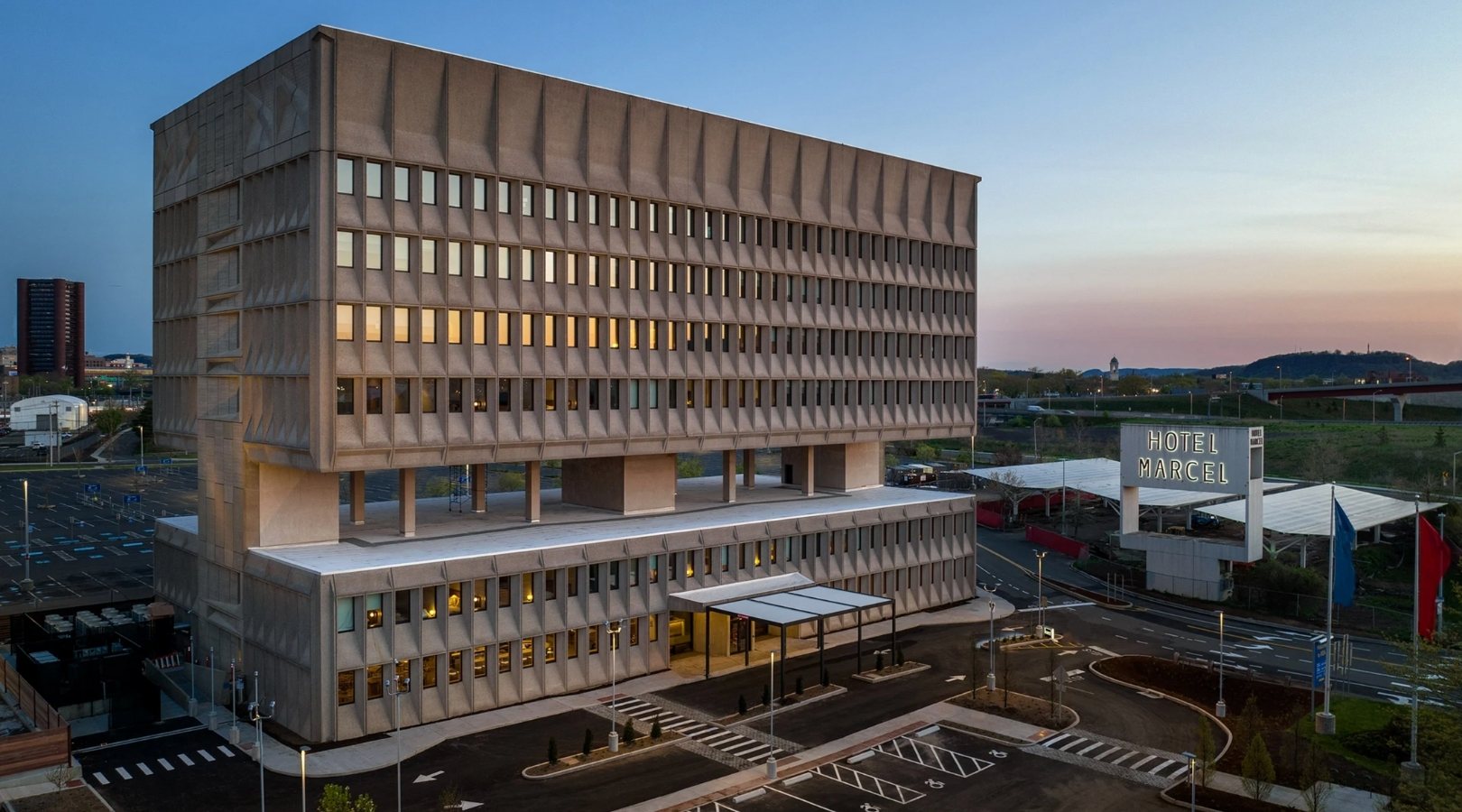
Becker + Becker Has Given This Marcel Breuer Brutalist Building A New Life

The former headquarters of the Armstrong Rubber Company in New Haven, Connecticut has reopened as a Passive House hotel, the first one in the US. Designed by Hungarian-American architect Marcel Breuer, this 1970s brutalist building has been given a new life by architect studio Becker + Becker. It was at the height of his fame in 1968 when Breuer designed the building with nine stories of precast concrete facade and administrative offices suspended over low-slung workshops for research and development.
For over 20 years, the structure had sat unused until Becker + Becker bought it from IKEA in 2019. Now, the building is known as Hotel Macel in honor of the original architect. The hotel opened to the public in May 2022 under the Tapestry Collection by Hilton Hotels.
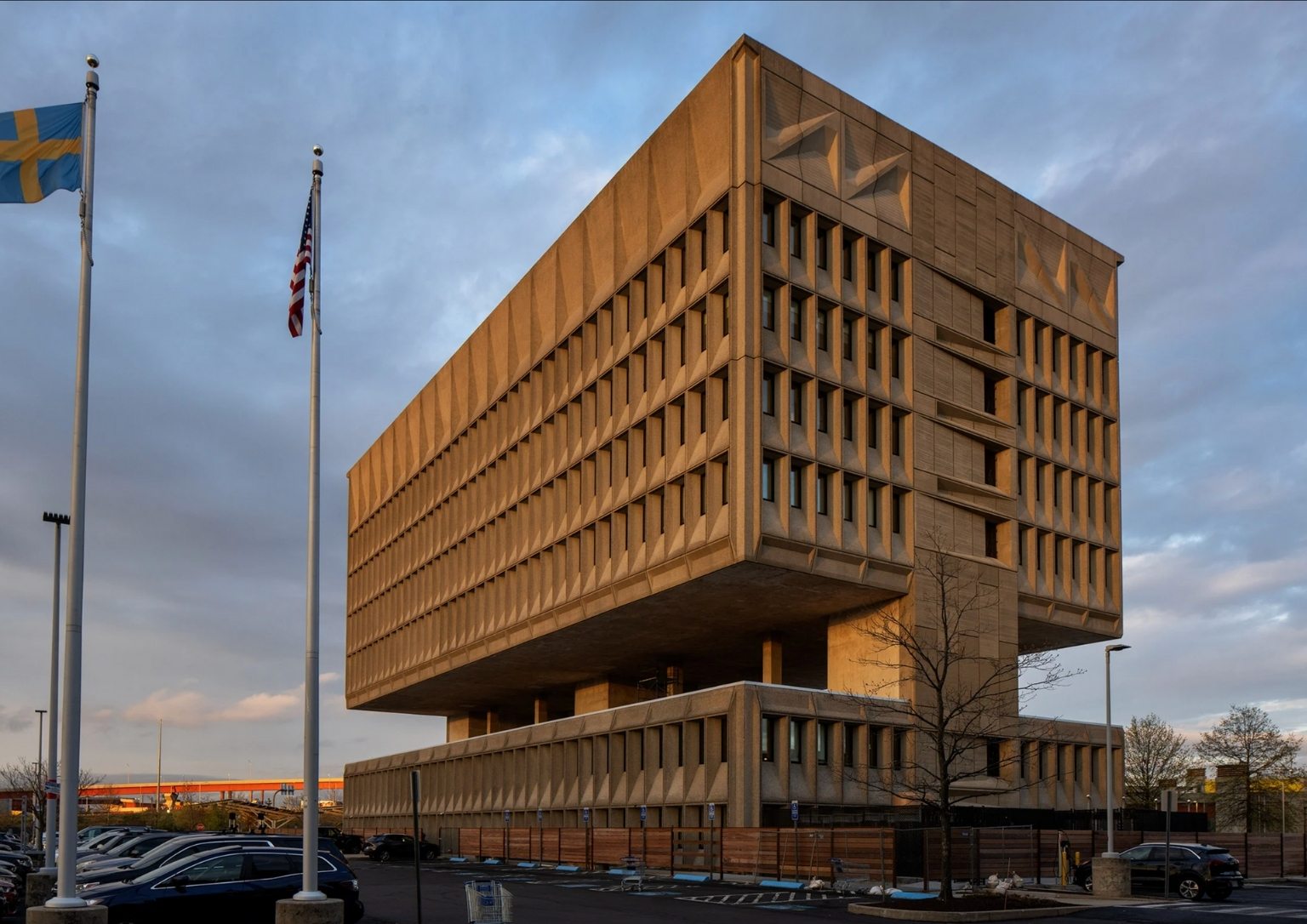
Becker + Becker served as both the architect and developer during the renovation of the historic building. The firm has retained the brutalist facade while updating the interiors. They spent three years removing asbestos and repairing the building’s exterior.
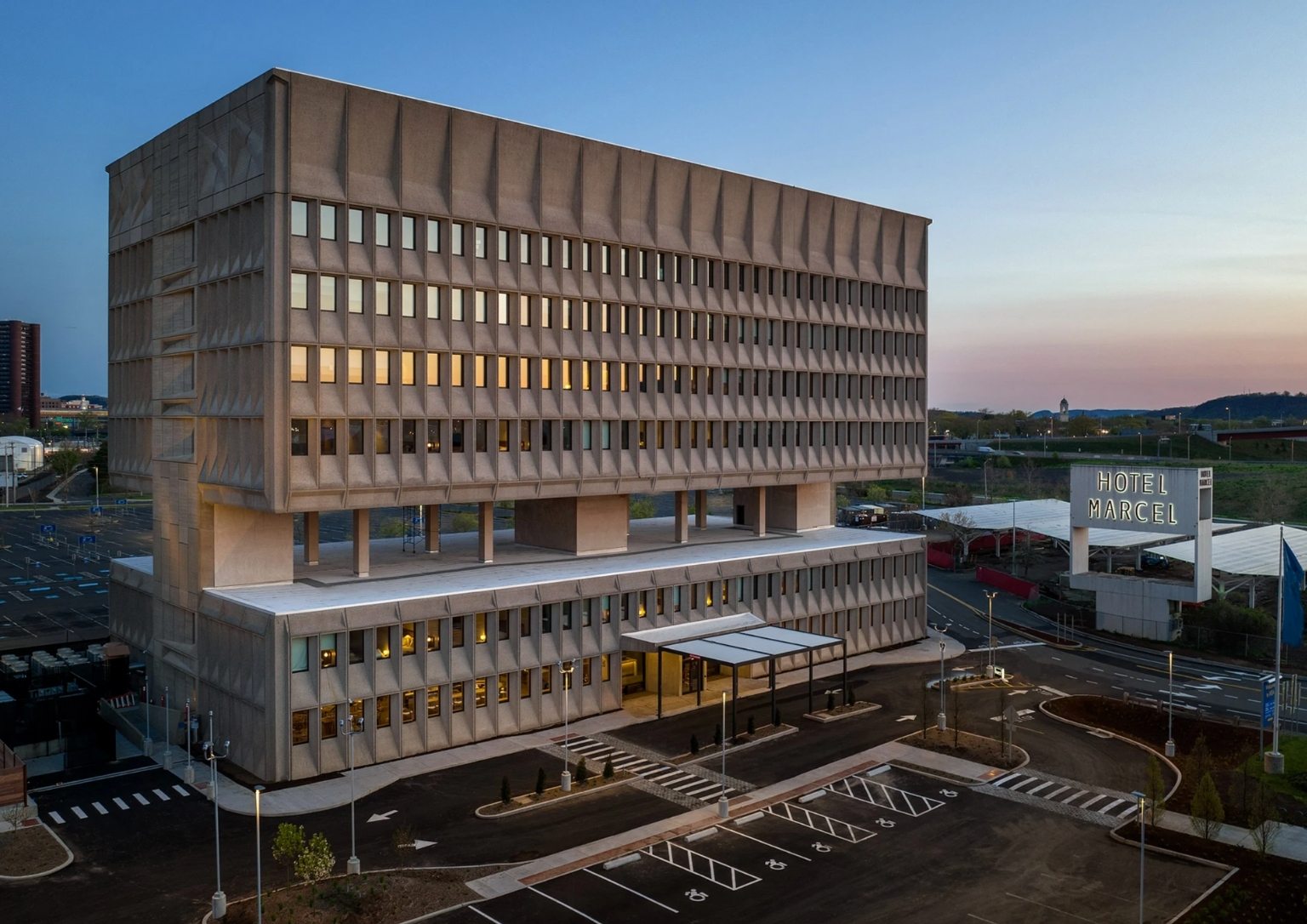
The architect also retained the building’s unique form–a wide structure with a void in the middle supported by columns, dividing the top floors and lower floors into two sections. The exterior appears how Breuer designed it except for a missing section which IKEA had torn down to build a parking lot.
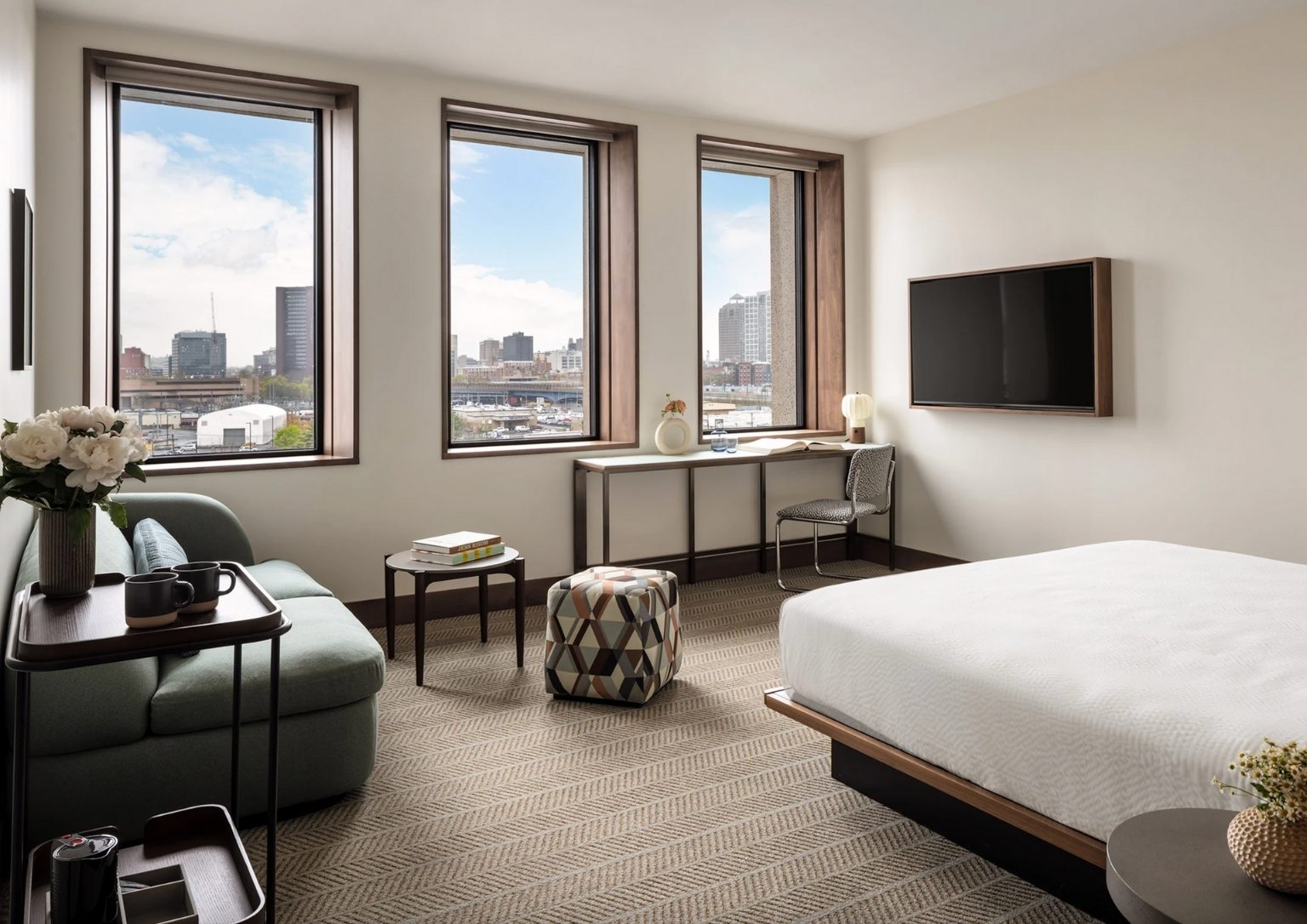
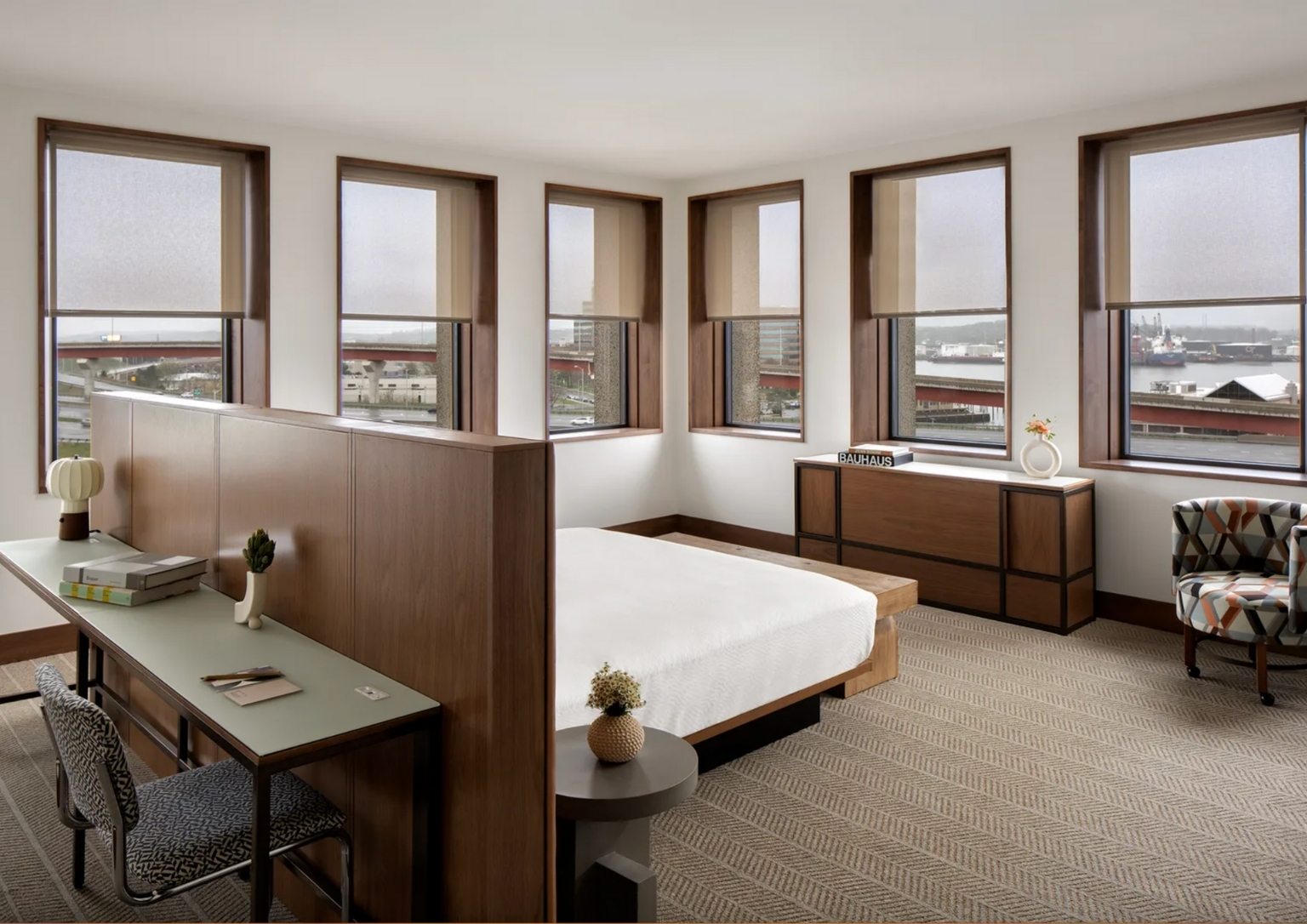
The project aims to preserve the landmark structure and find ways to make the building more sustainable. It is the first hotel in the building in the US to receive Passive House certification. The hotel is also aiming to achieve LEED Platinum certification.

In an interview, Bruce Becker, the president of Becker + Becker, explained that it is difficult to justify building a new building given the climate crisis. Becker added that poured-in-place concrete walls and precast concrete panels are easier than other wall systems to seal and make airtight to reduce infiltration.
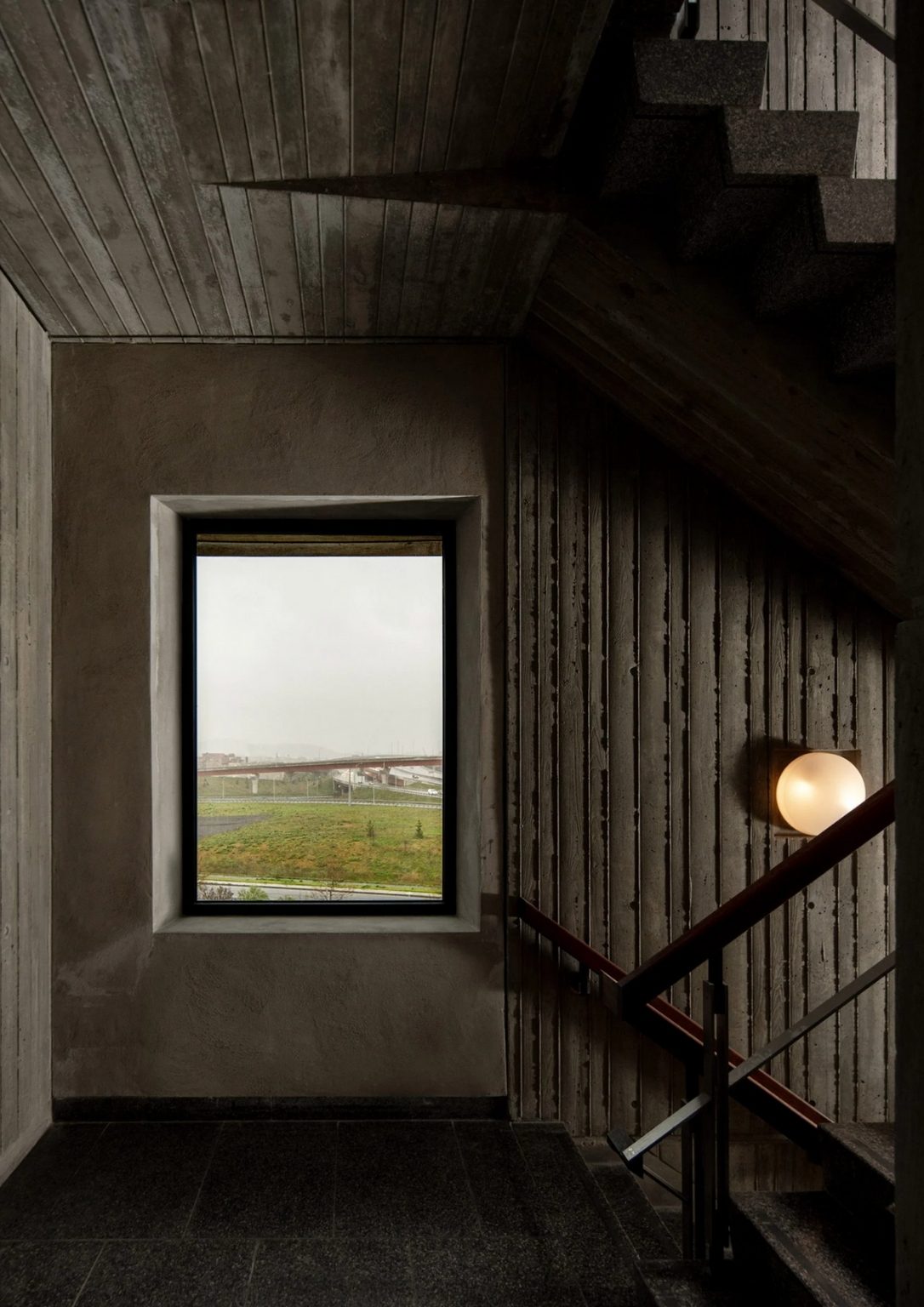
Moreover, the structure has over a thousand solar panels as a source of power. These solar panels also provided electricity during the final stages of construction. The panels cover the roof and an additional solar field near the hotel.
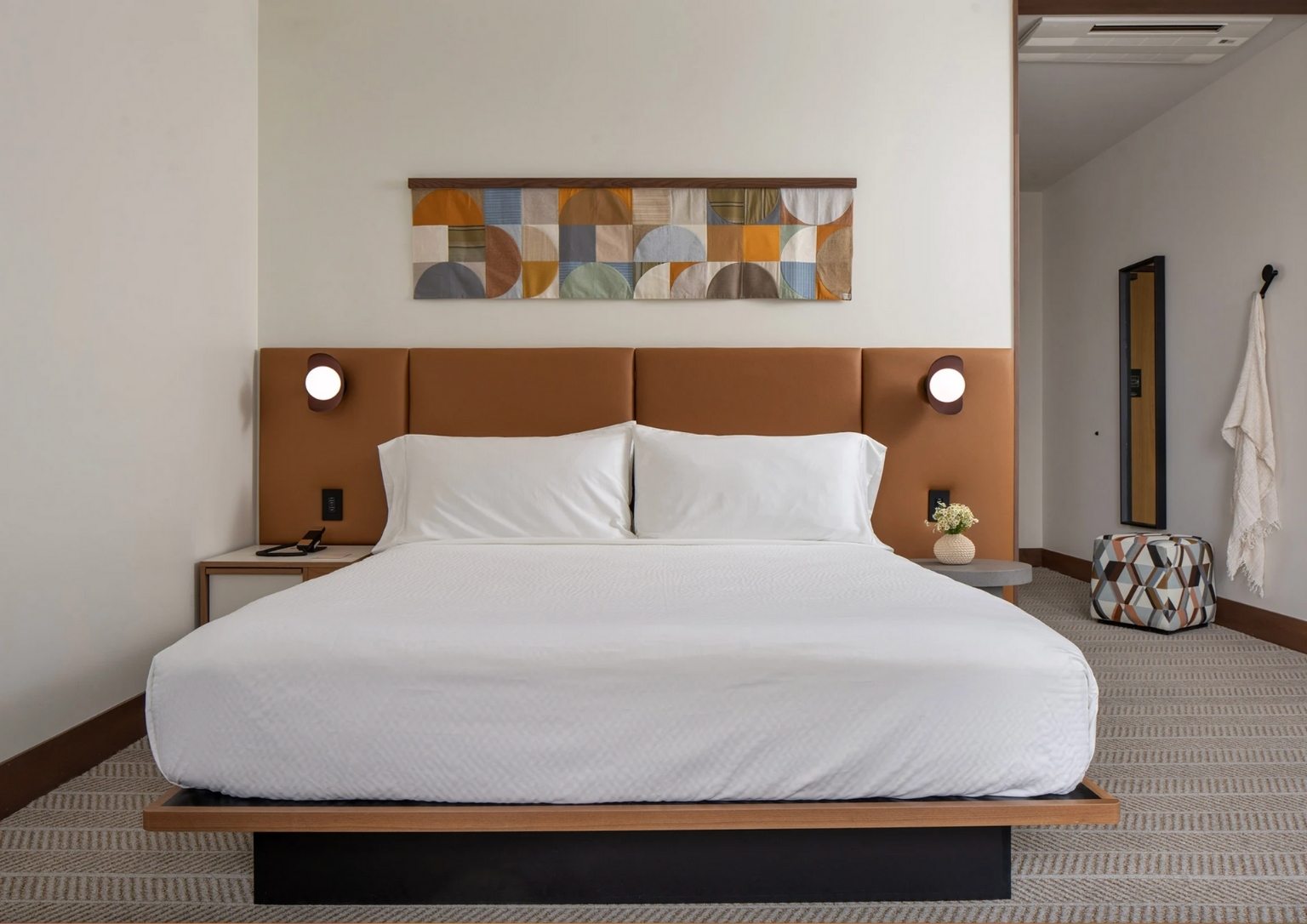
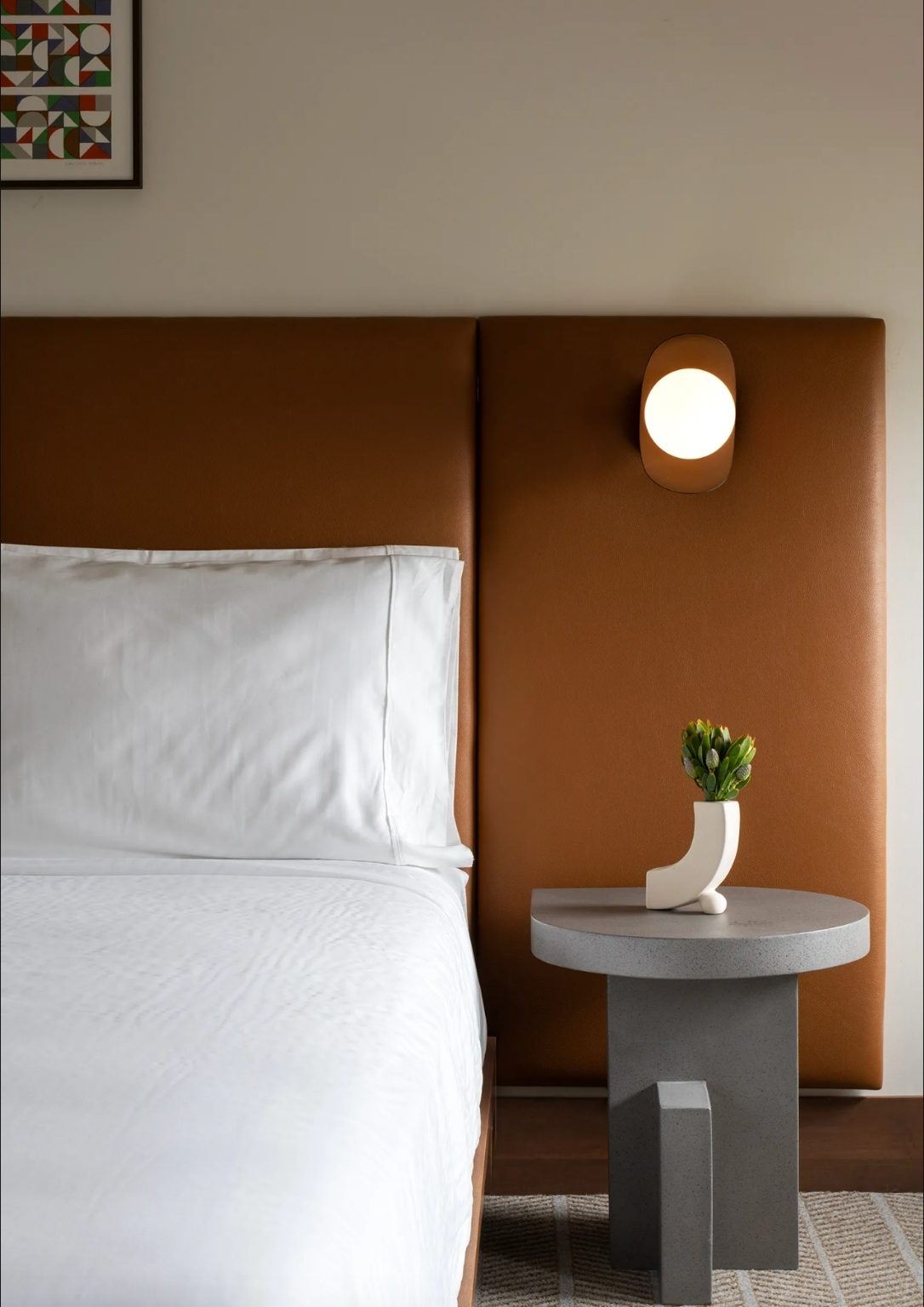
Becker + Becker also made other interventions to the building. One of those is opening up utility spaces at the center of the top floor to create a courtyard that allows light to come into several meeting rooms. This also allowed the architect to build light wells that bring in additional lights to rooms located in the middle of the floor plates.

Dutch East Design, a Brookly-based studio, designed the hotel’s interiors and turned the offices and research labs into 165 luxury rooms and lobbies and amenity spaces. The renovation was intensive because much of the original interiors were unusable. The studio brought in furniture from several local craftsmen.

The interior also features a terracotta frieze in the lobby inspired by the precast concrete panels on the exterior facade. The public and private spaces, meanwhile, are characterized by minimal furniture and white walls with wood finishes.
Photos by Seamus Payne


